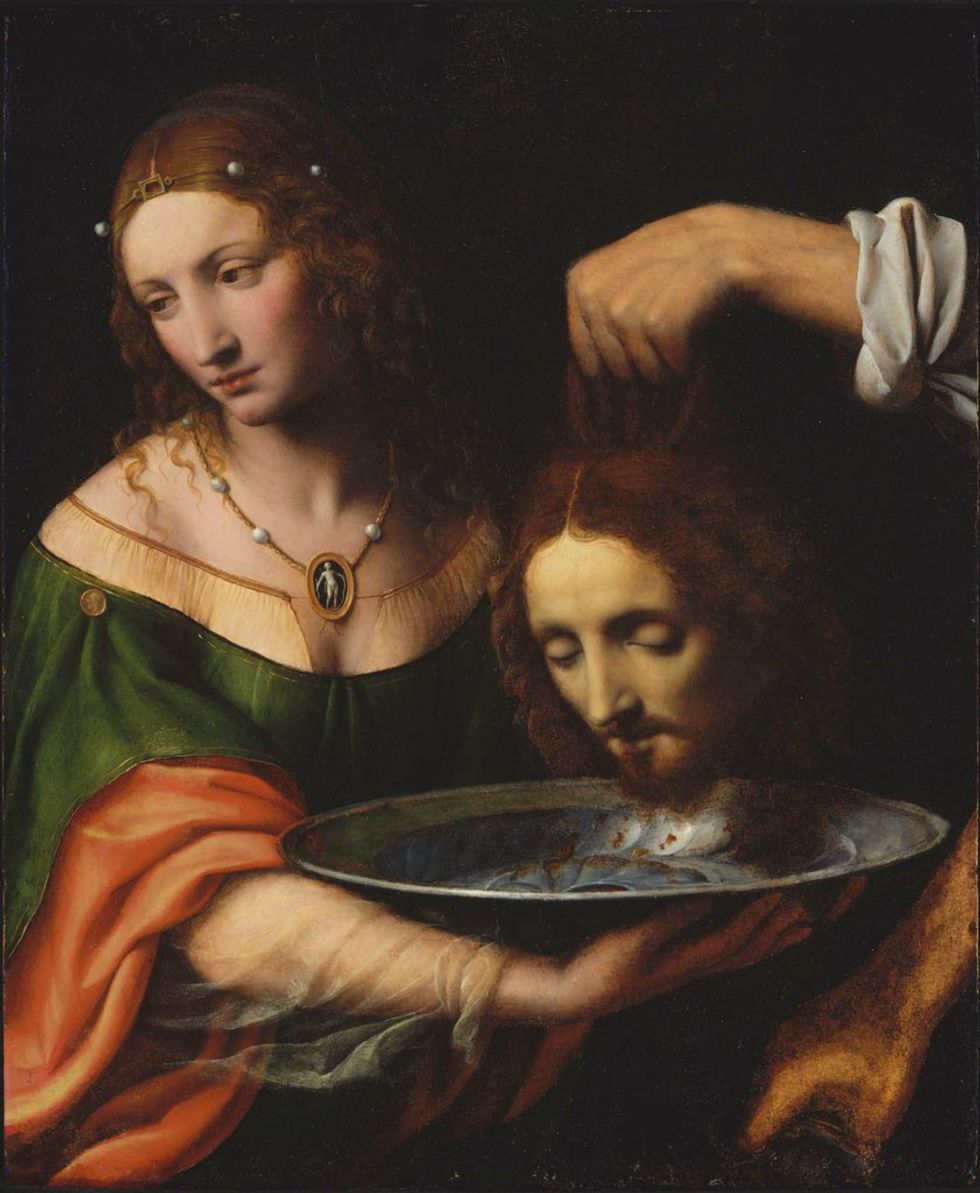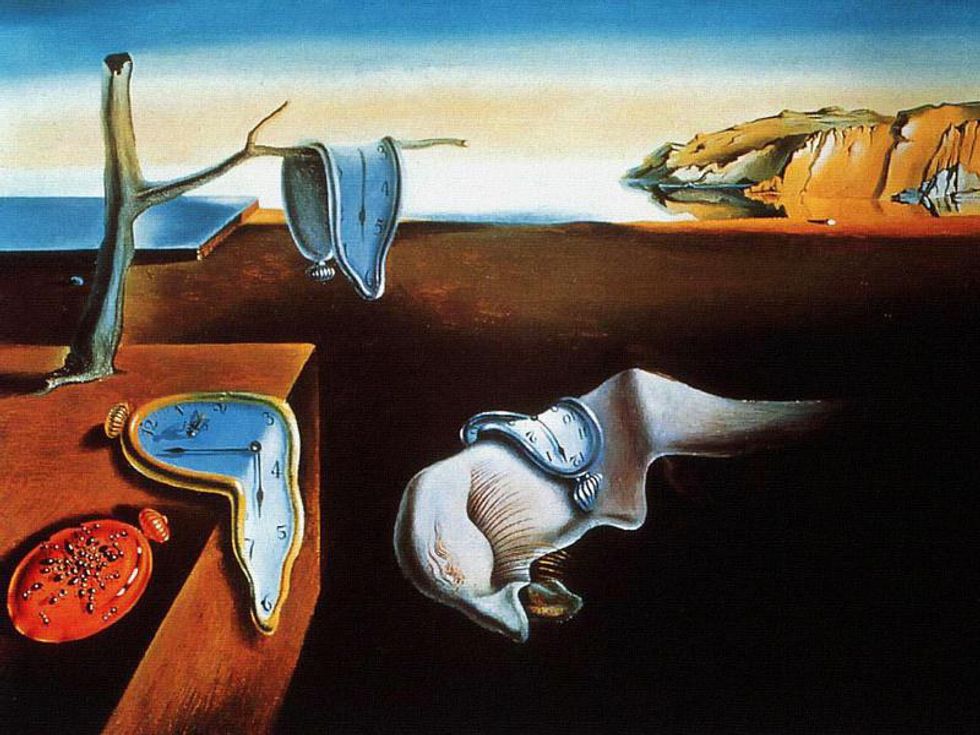How much is a visible work of genius worth? In May, a 1955 painting by Pablo Picasso was sold at an auction for more than $179 million, the highest price at auction ever. But besides the price what else is there to these pieces?
There are stories behind every painting. Including what is happening to the model in the painting, why the fruit was placed in the bowl that specific way. There's a story behind each and every stroke after the artist placed his/her brush ever so gently on the canvas.
The artist lives within their art, just for you and me to see and understand the reason why they dedicated so much. So here are a few things to consider the next time you're overwhelmed by pieces of historical, cultural, and artistic value.
1. The time frame.

The craziest thing to realize when looking at a painting from the 1800’s is that the skin tones and lighting are severely accurate. How does one paint so well during a time where the “paint” they used was from mixing different colored powders and pastes?
For example, the "Salome with the Head of Saint John the Baptist" by Bernardino Luini was created in the early 1600's and its lighting and color choices are way ahead of its time. Unbelievable.
2. Brush stroke patterns.
When standing in front of a painting it's important to get close - as close as you can get. You will see the strokes, some smooth and fluid, and some rigid and short. Every stroke is placed on the canvas by emotion.
Van Gogh created Starry Night to invoke the viewer to feel serenity and tranquility, yet awe and wonder through its thick fluid strokes of rich color. Good job Van Gogh.
3. Color theory.

First and foremost, color theory is the key to an exceptional piece of art. Color choices are one of the attributes that draws the viewer in. "The Scent Of The Rain" by Leonid Afremov captures the viewer's attention and makes you not want to move until you've analyzed every inch.
4. Perception.
 The use of perception in art is a highly valued trait of many pieces. It’s not just what you see, but how you see it. The "Persistence of Memory" by Salvador Dali uses different clocks to make people ponder on their way of life and the way they spend their time. Deep, I know. But art isn’t just about what you see in that moment, but it's about what you take away from it.
The use of perception in art is a highly valued trait of many pieces. It’s not just what you see, but how you see it. The "Persistence of Memory" by Salvador Dali uses different clocks to make people ponder on their way of life and the way they spend their time. Deep, I know. But art isn’t just about what you see in that moment, but it's about what you take away from it. The main reason I wrote this piece was to encourage you to go to museums, art shows, and exhibits more often. Because essentially, these artists created these works of art for people like us to go up to and dive into the history and thought behind it.
And when you do go to the museum, find one piece of art you connect with most and get really close up to it. Look at, and I mean really look at it. A simple picture of the painting won’t capture this moment between you and a work of true greatness.


















